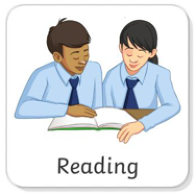Thursday
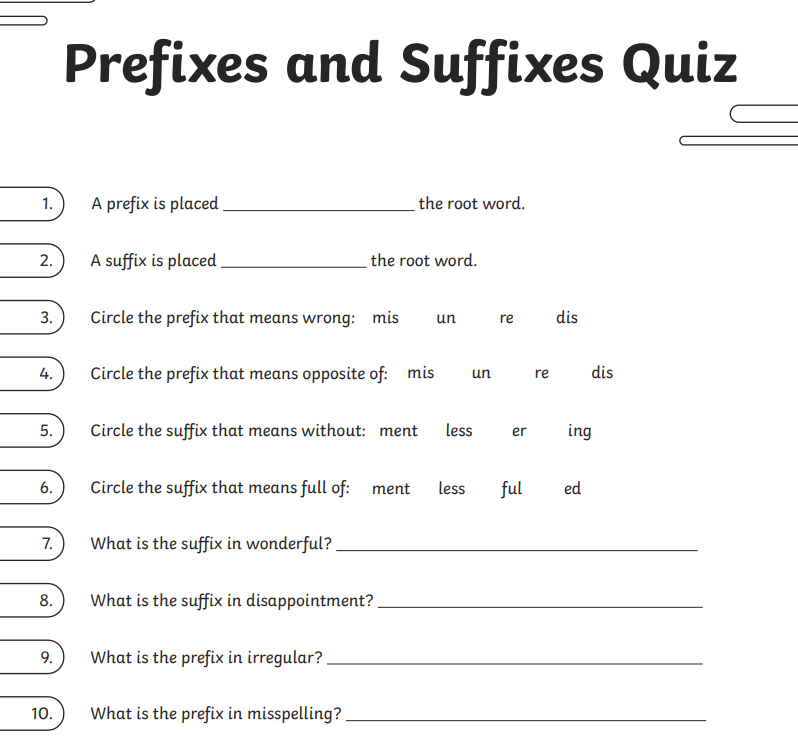
Complete in English books.
Grammar
Determiners:
Reminder:
articles: a/an, the
demonstratives: this/that; these/those
possessives: my/your/his/her/its/our/their
quantifiers: some, any, no, many, much, every
Check and improve these sentences using the correct determiners.
Many Artic circle is an imaginary line around the globe.
Sea-ice provides a platform for this creatures.
Every one of us needs these ice in some frozen worlds.
We are burning fossil fuels which release carbon dioxide into these Earth’s atmosphere.
Many causes global warming and ice melting.
Thursday 20th March 2025
LC: To read and record information on polar bears.
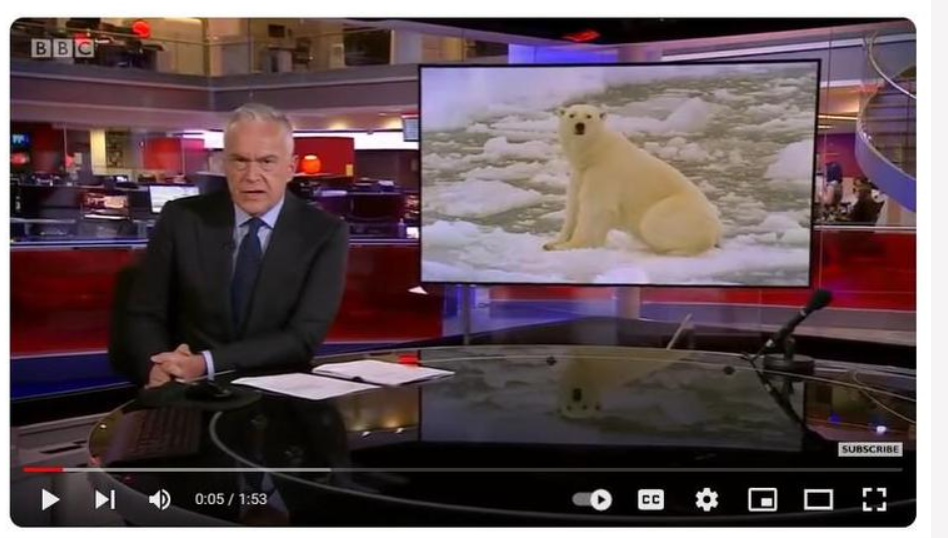
Task: Read the polar bear facts and make notes on Polar Bears.
Read, turn and learn again.
Polar Bear Facts
- There are 8 different types of bears in the world and polar bears are listed as a vulnerable species. This means they could become extinct unless people protect them and their habitats.
- Male polar bears are twice the size of females and can weigh as much as ten teachers – up to 750kg!
- When standing on their back legs, they can be up to 3m tall. Their huge size and weight makes them the world’s largest predator.
- Polar bears like to live by themselves on the frozen Arctic sea where the average winter temperature is -34 degrees, twice as cold as ice-cream!
- They have thick layers of blubber and fur to keep them warm and can swim happily for long distances in the freezing water without getting cold! The furthest recorded swim was 300km.
- Polar bears mainly eat seals which give them lots of energy but are very difficult to catch. Although they are really good swimmers, they are not fast enough in the water to catch seals. They use the sea ice as a platform and can wait patiently by a seal breathing hole for several hours for a seal to pop up.
- They are at the top of the food chain and are important at keeping the seal population in check.
- During the late summer and early autumn, polar bears will search for walrus and whale carcasses along the coastal areas. There is more open land at this time of the year and this diet is more varied.
- They have an incredible sense of smell and can sniff out a seal on the ice up to 32km away.
- Female polar bears normally give birth to twins in the winter and the mother digs a snow cave to keep them all warm. The cubs grow very quickly, staying with their mother for 2 years whilst she teaches them how to hunt, swim and survive in their harsh icy world.
- During severe weather, polar bears stay in their dens and don’t eat but survive off their fat reserves.
- Polar bears are extremely strong and active and can cover the ground quickly with long strides of their bowed legs. The soles of their feet are covered with hair to help them get a grip on slippery ground.
- The exploration and recovery of natural gas and oil in the Arctic Basin could destroy important polar bears habitats and food supplies.
- In March 2009, it was officially recognised that the greatest threat to polar bears has shifted from hunting to climate change.
- The crust of ice, called ‘pack ice,’ is where the polar bears like to hunt during the winter. Every year between June and October, this ice melts. Global warming has resulted in there being around 15% less ice than there was 20 years ago.
- Polar bears can live on land but they need to eat and the main place to find their food is on the ice!
LC: To independently write information about polar bears.
Talk like an Expert:
Watch the Junior Mastermind Clip setting the audience and purpose for the role play scenario.
Task: Write questions for the expert to answer.
E.g: a statement into a question from the facts collected- Polar bears are really strong swimmers. – Are polar bears good swimmers?
Role play:
Use questions generated to quiz the expert, orally, as part of the role play Mastermind.
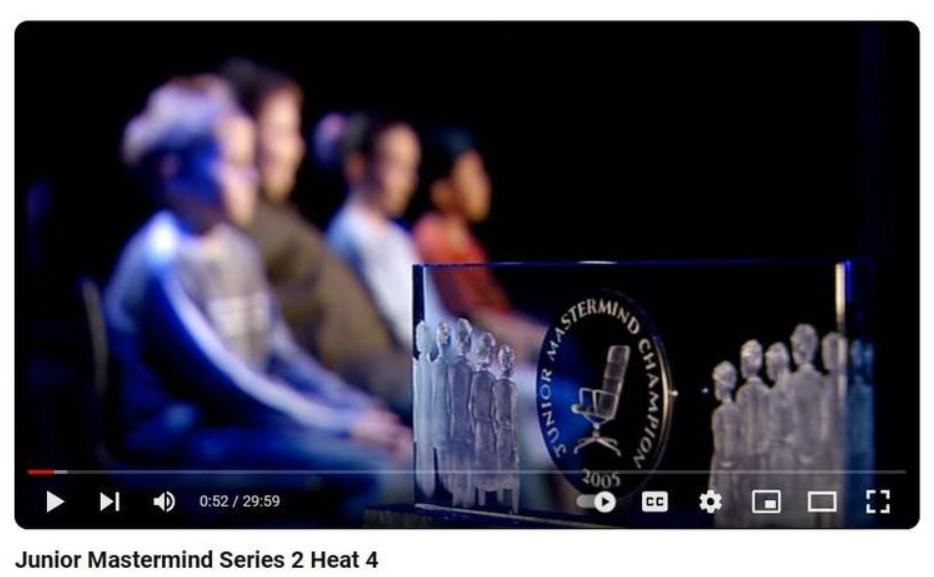
Task: Write the next information paragraph focused on polar bears, independently. Remember to write like an expert on polar bears.
20.03.25
LC- To write amounts of money.
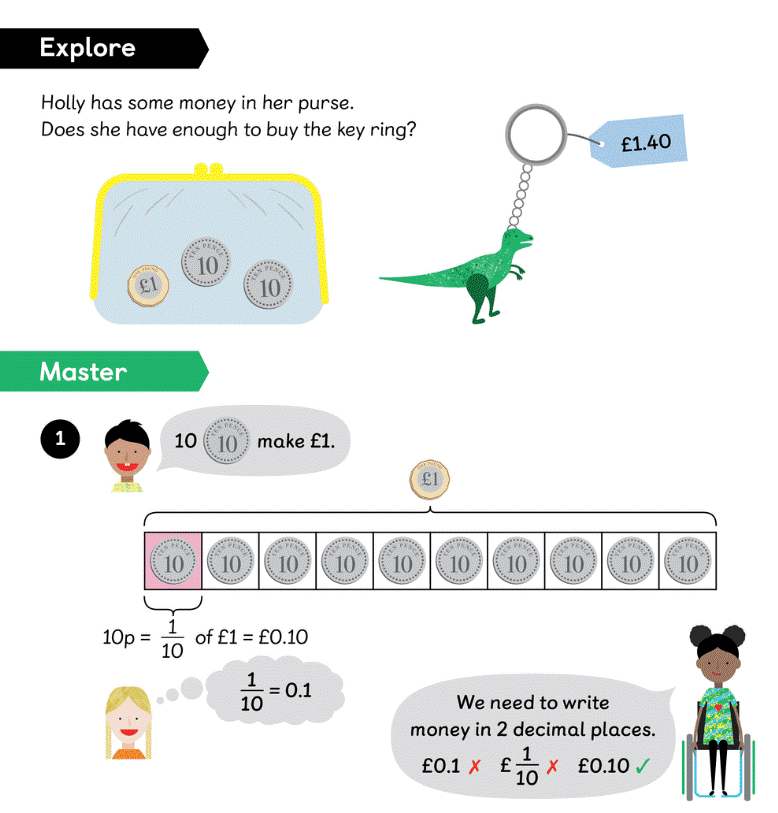
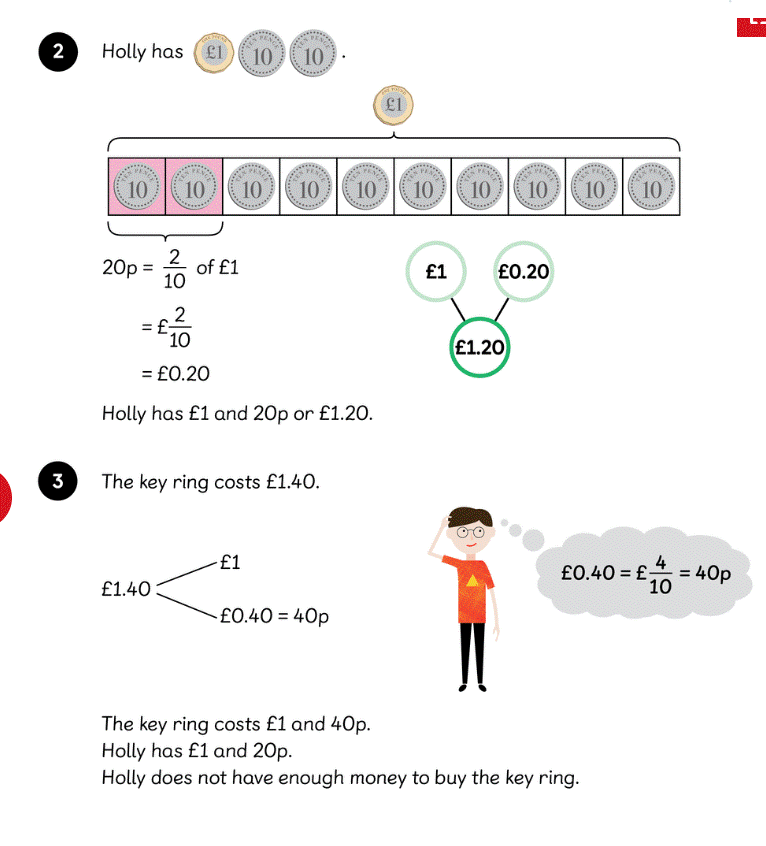

Thursday 20th March 2025
LC- To use a variety of collage skills to create a landscape.
We are going to use three skills to produce a landscape collage.
1. Tearing - carefully tear strips of paper and layer them on top of each other to create a simple landscape.
2. Twisting - twisting paper to add texture.
3. Scrunching - scrunching paper to add texture.
This picture is a landscape made from layering paper to produce a foreground, mid-ground and background.

These pictures show the same skill but with different textures of paper to produce the landscape.


These are some of the landscapes produced by the children last year, to give you an idea. Can you spot where they have added twisting and scrunching?


Thursday 20th March
LC: Why does too much building affect living things?
Today, we are going to look at urbanisation. What does this mean?
How do you think urbanisation affects wildlife? Discuss.
The world is becoming more and more urban. It has been predicted that by the year 2050, 70% of the human population on Earth will live in cities. People live in towns and cites for many reasons including work, schools, hospitals, to be nearer families and to be able to travel more quickly.
As cities grow and more building takes place, it has an affect on the wildlife that was there before.
The loss of environments
Building homes, schools, work places and roads destroys the environment that was there before. This means that the wildlife needs to adapt or move but where would they go?
Pollution
Cities can be large sources of air pollution, water pollution, land pollution, and soil pollution.
Waste
Cities are a large source of waste. This waste if not managed end up polluting the landscape and waterways. Industrial and toxic waste that is produced in cities can lead to large amounts of pollution of the urban landscape, causing many environmental issues. For example, disturbing pics of animals and birds feeding on plastics and other waste materials have become a common sight these days.
Urban runoff
Much of the rainwater that does fall on the urban landscape quickly runs off into rivers and streams, bringing all of the pollutants and chemicals that were present on these surfaces with them into waterways in turn affecting the life in water bodies.
Light Pollution
There are studies that indicate that all of the human-produced light at night is disrupting the natural sense of a night and daylight cycle for some animals. Nocturnal species that greatly depend on it being naturally dark at night time suffer as it doesn't ever get fully dark in cities.
Noise Pollution
With increased global urbanisation, there is also an increased level of noise, both in volume and in consistency that other organisms are constantly exposed to. Because wildlife is highly dependent on sound, they can become disoriented and their behaviour and communication abilities can be hampered due to the excessive noise levels that they are exposed to in and around urban areas.
Isolation of wildlife and plant populations
As urban development continues across the landscape, wildlife habitat is becoming broken apart and wildlife and plant populations are becoming increasingly isolated from one another. It also reduces the suitable habitat that is needed for their survival.
An increase in human-wildlife conflicts
As human development fragments habitat and leaves wildlife with no place to go, there has been an increase in human-wildlife conflict. Wildlife is hit by vehicles, birds and insects hit windows on cars and buildings and are killed, and sometimes wildlife comes into human communities looking for food and other resources that they need to survive, like foxes. Sometimes, wildlife may be killed if they become aggression or prey on pets or livestock. Sadly, only a few select hardy species can adapt and survive in an urban area and being so close to humans. The pets that humans have can have an effect also. For example, cats like to prey on local wildlife.
Using the information that we have talked about, try really hard to answer the following questions.
Look back and think what things might affect hedgehogs and bees.
1. Why might hedgehogs become endangered? What can we do?
2. Why might bees become endangered? What can we do?





